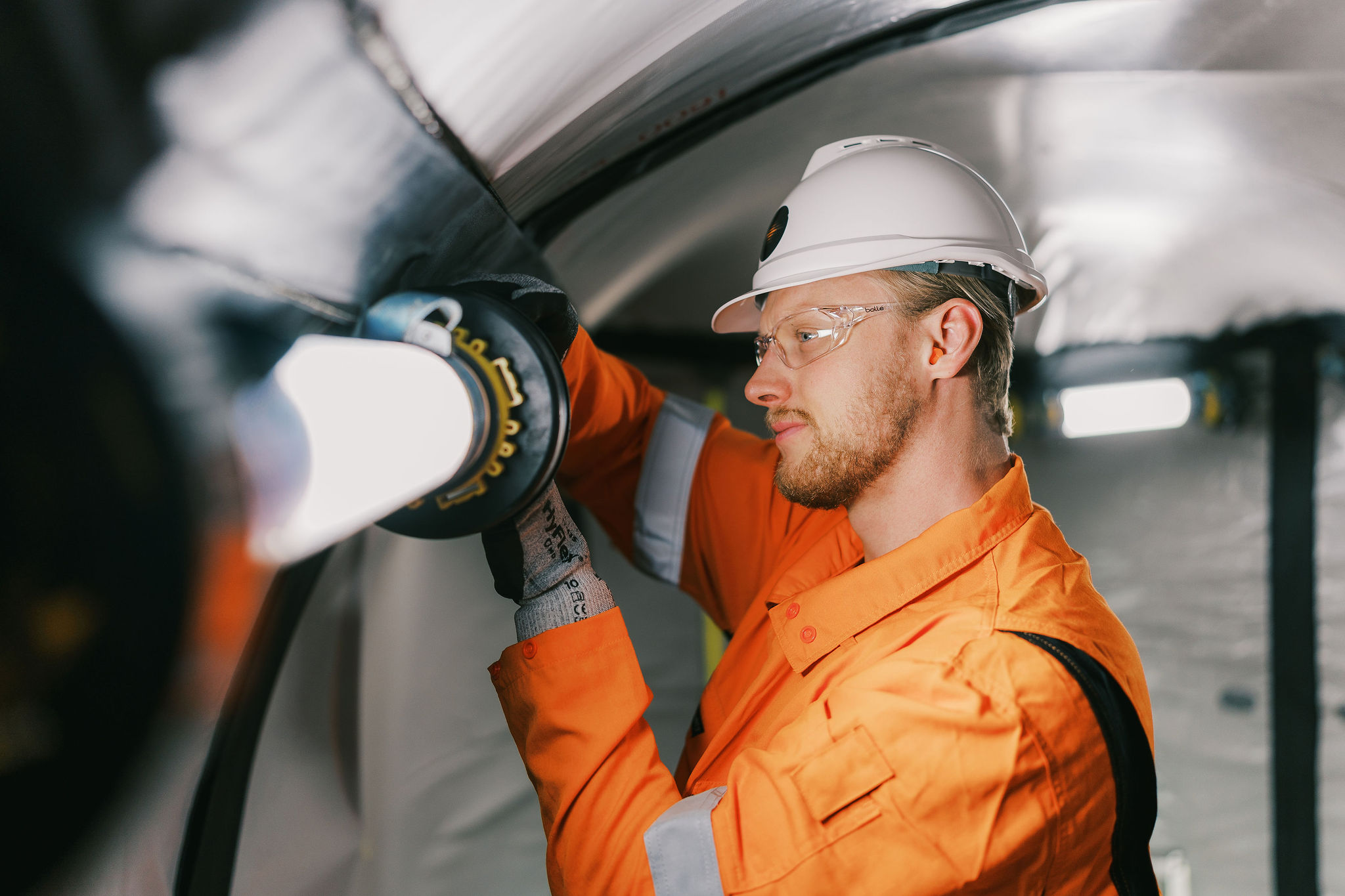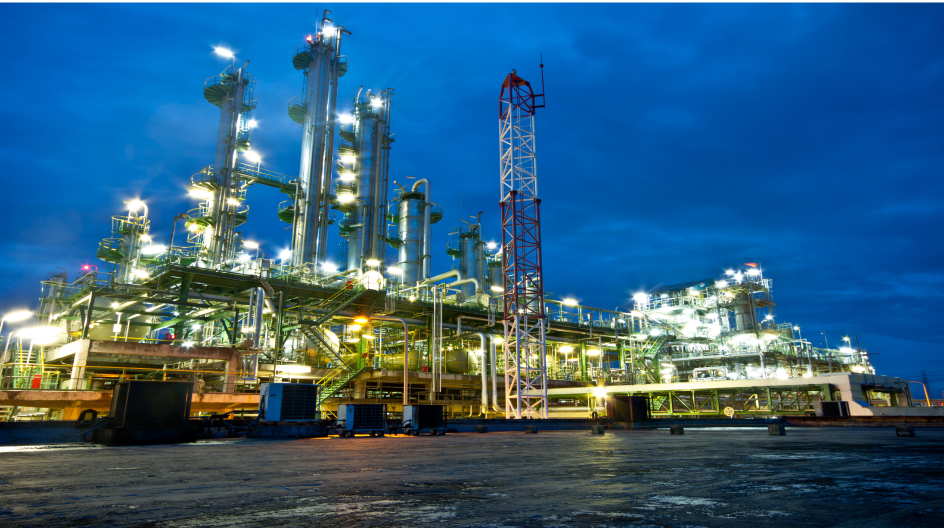Roar Solutions Things To Know Before You Get This
Roar Solutions Things To Know Before You Get This
Blog Article
9 Simple Techniques For Roar Solutions
Table of ContentsRoar Solutions Things To Know Before You BuyThe 8-Second Trick For Roar Solutions6 Easy Facts About Roar Solutions Described
In such an environment a fire or surge is feasible when 3 standard problems are satisfied. This is commonly referred to as the "unsafe area" or "combustion" triangle. In order to shield installments from a potential surge an approach of evaluating and categorizing a possibly harmful area is required. The purpose of this is to guarantee the correct option and installment of devices to ultimately prevent an explosion and to make sure safety of life.
(https://padlet.com/thomascarrillo4740/roar-training-solutions-jrrziydpbb7m3xsa)
No devices ought to be installed where the surface area temperature level of the equipment is better than the ignition temperature of the provided risk. Below are some common dust unsafe and their minimal ignition temperature level. Coal Dirt 380C 225C Polythene 420C (melts) Methyl Cellulose 420C 320C Starch 460C 435C Flour 490C 340C Sugar 490C 460C Grain Dust 510C 300C Phenolic Material 530C > 450C Aluminium 590C > 450C PVC 700C > 450C Soot 810C 570C The probability of the risk being present in a concentration high sufficient to trigger an ignition will differ from area to location.
Hazardous location electric devices perhaps created for use in higher ambient temperature levels. Area Repair Work By Authorised Worker: Challenging testing might not be needed nonetheless particular procedures may require to be complied with in order for the tools to keep its third event ranking. Each item of devices with a harmful rating should be assessed separately.
Not known Facts About Roar Solutions
The devices register is an extensive database of tools documents that consists of a minimum set of fields to identify each product's place, technical specifications, Ex classification, age, and environmental data. The proportion of In-depth to Close assessments will be determined by the Devices Danger, which is analyzed based on ignition danger (the possibility of a resource of ignition versus the possibility of a flammable ambience )and the harmful location classification
( Zone 0Area 1, or 2). Implementing a robust Risk-Based Evaluation( RBI )strategy is critical for ensuring conformity and safety and security in handling Electrical Equipment in Hazardous Locations( EEHA).
The Roar Solutions Ideas

In regards to explosive risk, a dangerous area is an environment in which an eruptive atmosphere is present (or might be anticipated to be present) in amounts that need special precautions for the building and construction, setup and use tools. Roar Solutions. In this write-up we explore the challenges dealt with in the workplace, the threat control measures, and the needed competencies to function safely
It is an effect of modern life that we produce, keep or take care of an array of gases or fluids that are considered flammable, and a variety of dirts that are considered combustible. These substances can, in certain problems, form explosive environments and these can have significant and heartbreaking consequences. Many of us recognize with the fire triangle get rid of any type of among the three elements and the fire can not happen, yet what does this mean in the context of dangerous locations? When damaging this down right into its most basic terms it is basically: a combination of a particular quantity of release or leak of a particular substance or product, blending with ambient oxygen, and the presence of a source of ignition.
In a lot of circumstances, we can do little concerning the degrees of oxygen airborne, but we can have significant influence on sources of ignition, as an example electric devices. Harmful areas are documented on the harmful check over here location classification illustration and are recognized on-site by the triangular "EX-SPOUSE" indicator. Below, among various other vital details, areas are divided into 3 types relying on the risk, the possibility and duration that an explosive atmosphere will certainly exist; Area 0 or 20 is considered the most dangerous and Zone 2 or 22 is regarded the least.
Report this page